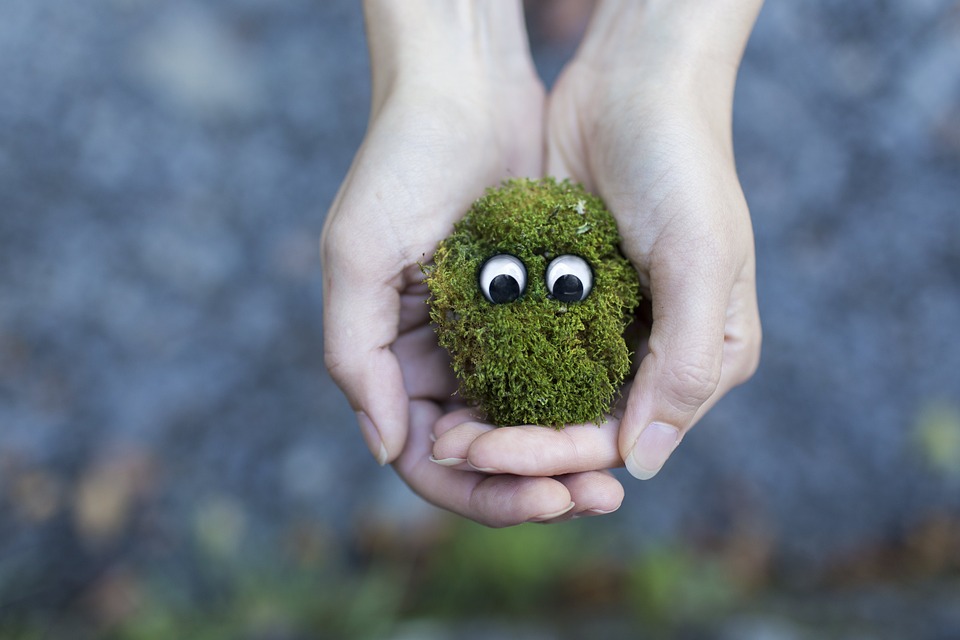Going green is not only good for the planet; it can also be very good for your budget. And while some changes to the home of green living require a significant amount of money, others can help you reduce your costs! Here are some ways that green living may help you save money:
1) Opening the Windows and Using Ceiling Fans Instead of Air Conditioning
This tip may not be ideal during the hottest summer months, depending on where you live. But you can use this tip in spring and autumn to reduce your monthly electricity bills and save money. Make sure you turn off the air conditioner so you don’t get overcooled!

2) Recycling as Much as Possible
No, this is not about throwing all your garbage in a blue bin, although you should follow a big green attitude as much as possible. Instead, we are talking about an actual recycling process where disposable products are used more than once. Instead of using a new ziplock bag every day to pack your meal, take one and keep reusing it. You can reuse aluminum foil, bottles, and bags. Find a new use for each item and avoid buying more disposable items month after month.
3) Composting
Starting a compost reduces the amount of waste you throw away to keep it out of landfills. It also gives you free fertilizer for your garden.
4) Drying Your Clothes in the Sun
If you’re going to use your dryer, always do it when it’s full to save energy. However, a better solution is to skip the dryer entirely and dry your clothes, sheets, and towels in the sun as much as possible. If you are worried about stiffness, use fabric softener in the washing machine instead of drying the sheets in the dryer. This will help save energy and reduce your electricity bill at the same time!

5) Buying Products That Are Built To Last
The durability and shelf life of the products you buy are important factors that you should consider to be green and save money at the same time. The longer you can store the products without replacing them, the less you contribute to filling landfills with broken items. If you can keep a small device for ten years instead of just five, you’ll avoid wastage and reduce your costs by half.
6) Planting Drought-Resistant Flowers
If you water your lawn sufficiently in the summer to prevent plants from dying, it may require a considerable amount of water. In many countries, you may need to water every day to keep your garden green. This is a huge waste of our water resources and your income with higher water bills in summer.
Having drought resistant plants means you don’t have to water as often. Look for native grasses and ornamental plants that have evolved to be ideal for the environment you live in. For example, those that only require watering a few days only and won’t welcome you back home with dead flowers!
7) Walking Where Possible
Minus the cost of the shoes you have to wear anyway, walking is free. Therefore, look for ways to walk when possible. You should combine public transportation with walking to get to wherever you need to go if you live in an urban area.

8) Ditching Paper Products and Choosing Washable Alternatives
Everything you can do with a paper towel, you can do with a good fabric towel! Cleaning countertops, cleaning dust, even draining oil from fried food, all these things can be done with a reusable and washable cloth. The same goes for fabric napkins versus paper napkins. Save paper, cut a few dollars every month from your grocery bill, and avoid wasting paper fillings from garbage cans.
What are your thoughts about these? Share it with us in the comments below!
